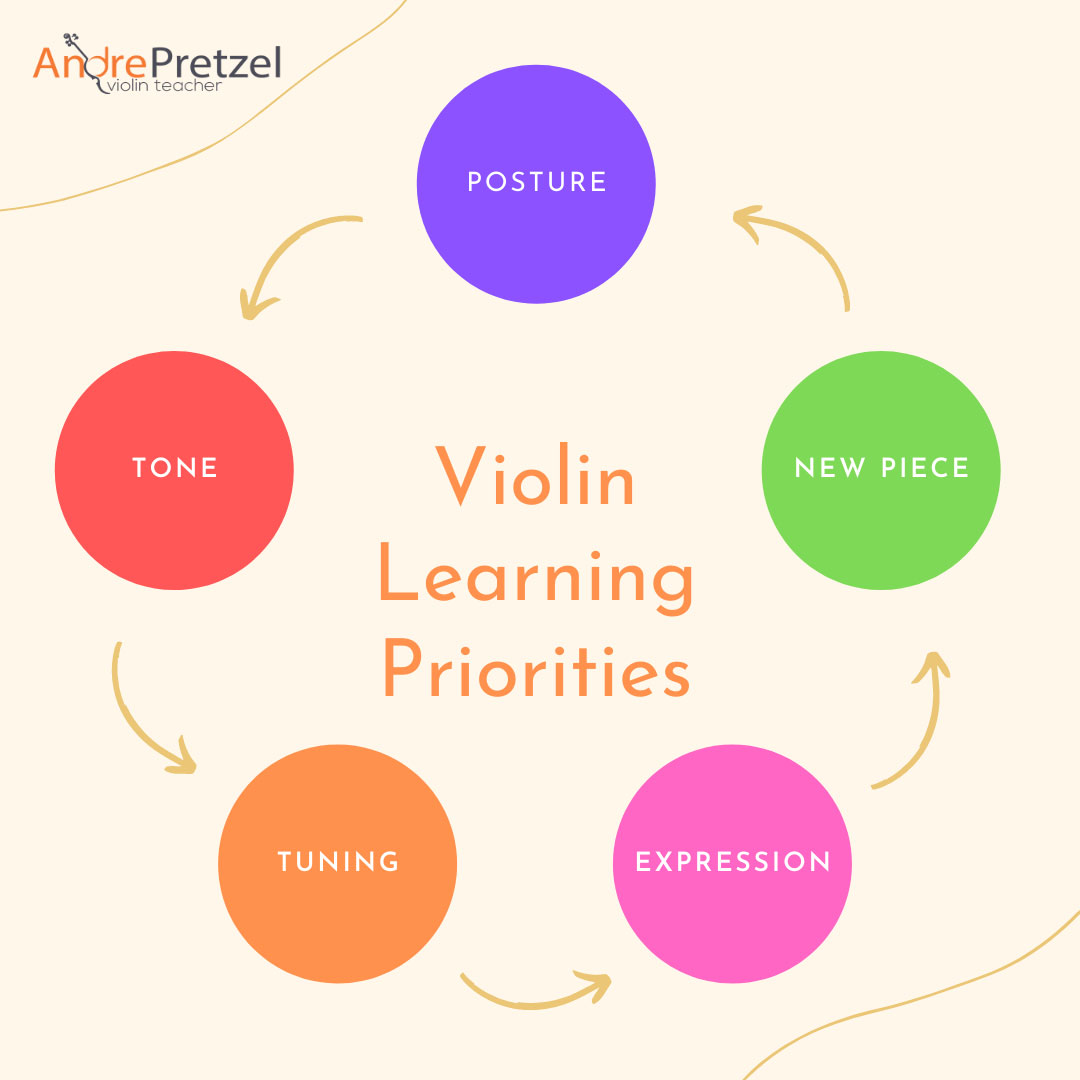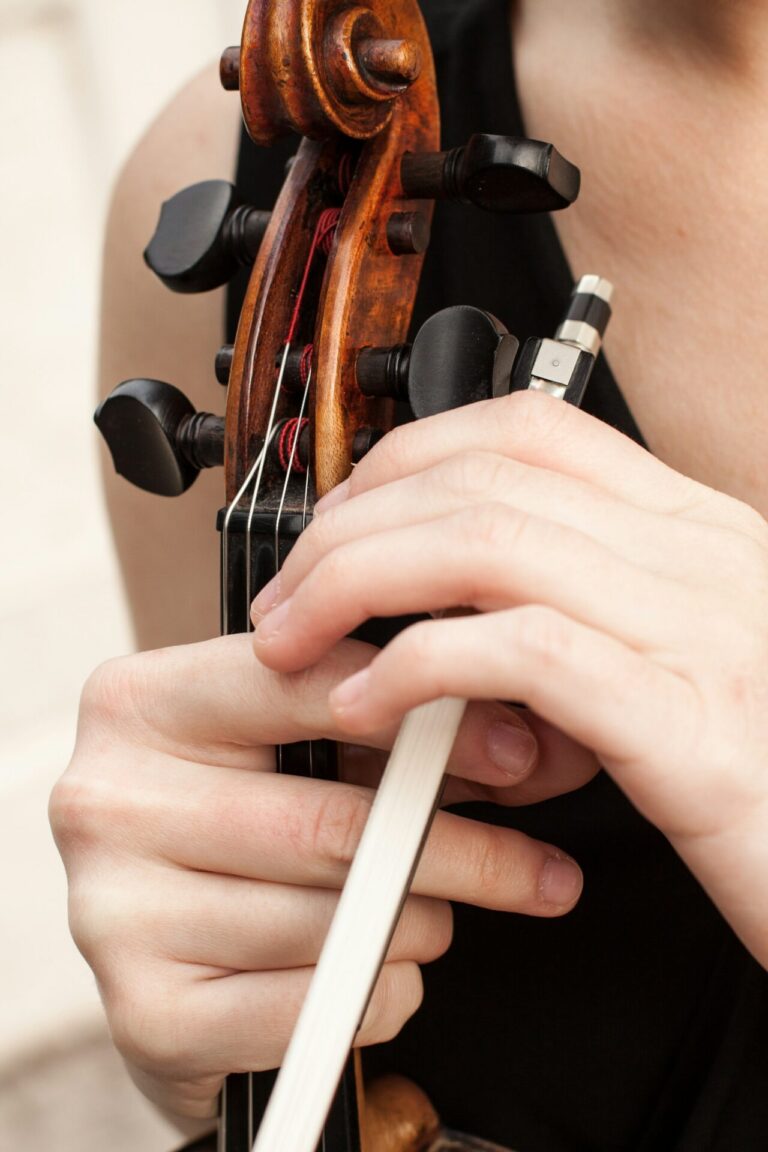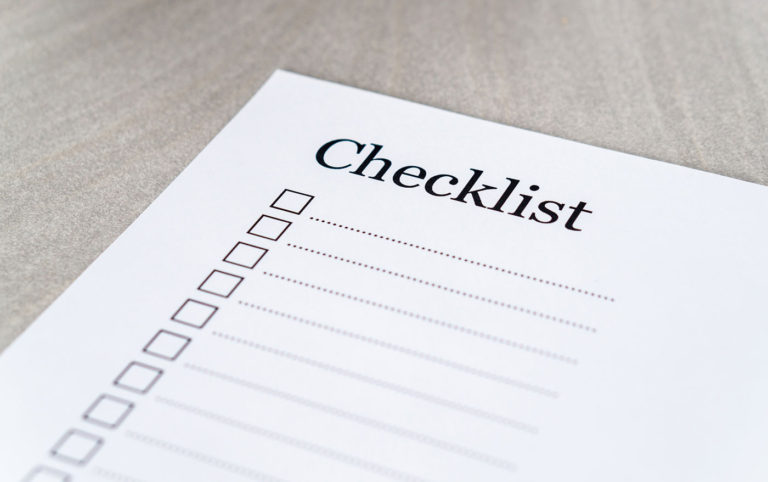Learning how to play an instrument is always challenging, from the very start to the endless polishing work. Which priorities do you focus on when learning the violin?
When practicing your instrument what is your focus?
- New notes learning?
- To play in tempo?
- Learning a new technique?
Edward Kreitman, a very active and experienced Suzuki Teacher came up with this concept of priorities in teaching and learning. Mr. Kreitman is a registered Teacher Trainer of the Suzuki Association of the Americas and is the author of Teaching from the Balance Point: A Guide for Suzuki Parents, Teachers and Students, and Teaching with an Open Heart: A Guide for Developing Conscious Musicianship.
And this cycle of priorities is:
- Posture
- Tone
- Tuning
- Expression
- Learning New Pieces

Let’s try to understand what are each one of those main topics.
Posture
The main posture of playing the violin consists in learning how to keep a balanced relationship between our body stance and the manipulation of our instruments.
It’s very common that this body awareness takes a long time to be built as there are so many small details to cover. The Violins on your shoulder, your right hand is responsible for making the sound, and your left hand trying to find the correct notes on a fretless fingerboard. That’s not easy at all!
In the end, what we really want is to make everything easier to play, what matters is how to make a posture that can help us play better.
Tone Production
As a second priority, the quality of our tone is what we should look for.
Thinking about what we listen to when someone is playing their instrument, the quality of that sound source is definitely what we notice first.
The way that we hold our bow (posture) will influence directly our ability to produce a nice sound.
And for the violin, the ability to produce a nice sound comes from the ability to combine pressure and speed at the right place between the bridge and fingerboard. Making the string to vibrate as full and natural as possible.
Tuning
The violin doesn’t have frets, like guitars or the Ukulele, making it harder to find the correct notes on the fingerboard.
A combination of Aural skills and motor skills is required to the violinist to keep playing in tune.
All of that is only possible by keeping our instrument in a good position (posture) while making a good tone.
It’s impossible to stabilize our tuning if our tone is unstable.
Expression
After making sure that our tone and tuning are accurate, we can start thinking about the details of interpretation.
It’s like building a house, you will paint and decorate inside after its foundation is secure.
Learning New Pieces
Did we do a good job with all the above?
Is it time to learn a new song?
Can you keep all the structures you just build and keep going?
Well, that’s why playing an instrument is so challenging! Our work never ends!
Don’t expect to be perfect before moving on! This cycle is to be used as a guide so you know where to review or restart if needed. It’s so helpful to find that sometimes to get better tuning you just need to hold better your instrument!
The ability to observe the process and to identify what can be better is what we are looking for.
Let me know if you have any questions!
Check my resources page for more content that might help you!



